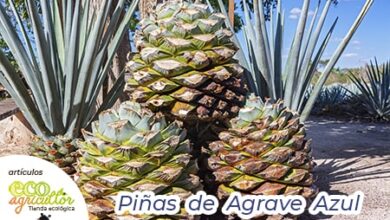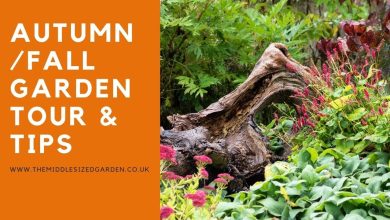Orchard of the Botanical Garden of Madrid
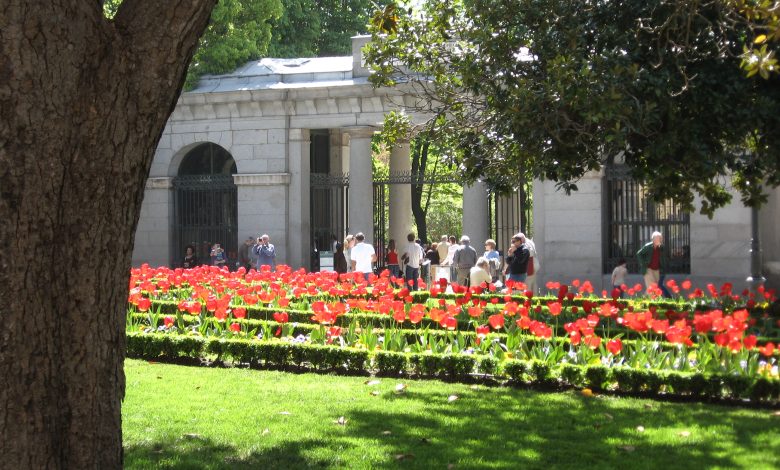
Hello Agrohuerters!, we continue with our search for urban gardens in the cities, this time we have gone to the garden of the Botanical Garden of Madrid.
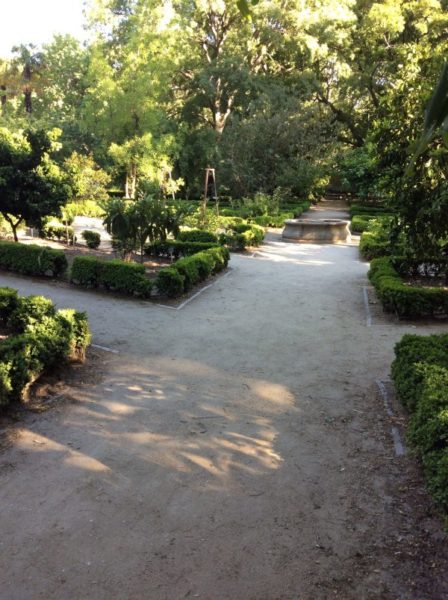
The Botanical Garden
The Royal Botanical Garden of Madrid was founded in 1755 by King Ferdinand VI, initially it was located near the Manzanares River, until in 1781 it was transferred to Madrid, specifically to Paseo del Prado; It is currently located next to the Prado Museum.
It is actually an institution dedicated to plant research, so they have a large collection of species from all the world’s continents, they have one of the largest germplasm banks in the country, and today they have numerous lines of research, related to the recovery of species, plant improvement, etc…
What is less to be expected is that they have a garden. I have to say that this is very complete, since it is divided into 3 large flower beds. The first is formed only with aromatic species, the second with horticultural species and the third with fruit trees.
Characteristics of the orchard of the Botanical Garden
In the flowerbeds of horticultural and fruit species, we can find both cultivated and wild species.
The orchards are very well integrated aesthetically in the garden, this is mainly thanks to the flower beds in which they are located, since they keep the classic line of design as in the rest of the garden.
They are located in a very sunny area, and in such a way that the neighboring species, which are large trees, do not give them shade.
In the orchard, the distances between plants or crop lines are correct, no plant is attached to another, so they will develop correctly.
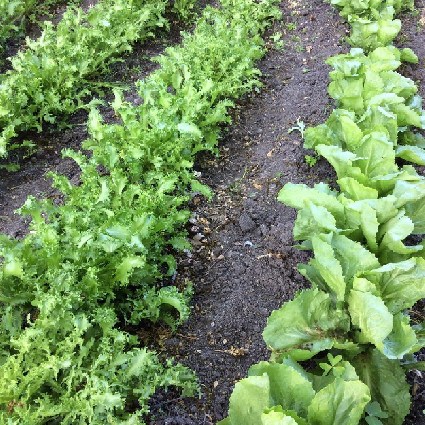
In the 3 parterres, as we have mentioned before, there are wild species, and others that are not typical of this area of Spain. All of them are given special care, which allows them to develop, or improve their development in these climatic conditions, with very cold winters and very hot and dry summers.
The care they give to the crops, in this case is conventional, so they are not suitable for the consumption of their fruits. In all areas there are signs announcing that due to phytosanitary treatments they are not suitable for consuming the fruits and vegetables obtained there. So the end of the garden is rather didactic, which is appreciated, since being located in a central area, the people who live in this area and especially the children can see up close how what they eat is produced. daily. On the other hand, it also encourages people to create their own garden, because it is a great example of how to cultivate, of what horticultural plants can really grow in the climatic conditions that exist in a city.
As for the garden species, as you can see in the photographs, they are very varied, we can find the most common such as lettuce, tomatoes of many varieties, onions, cauliflower, artichokes, even the lesser known ones such as parsnip or borage.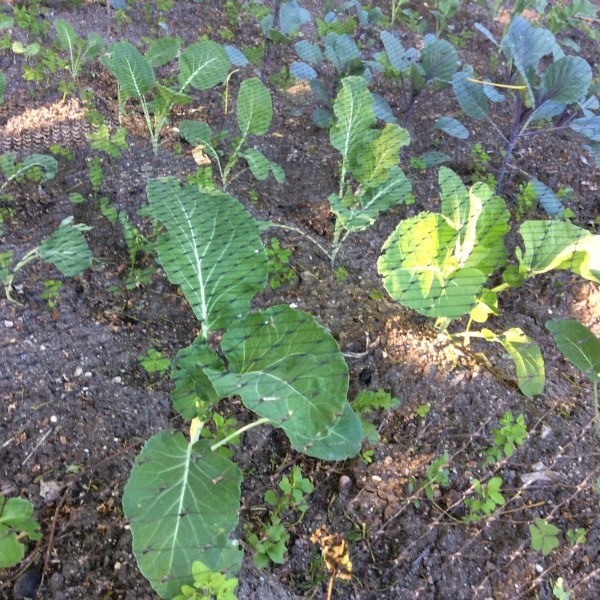
Right now one of the problems is the fauna of the area, more specifically the birds, mostly magpies and sparrows, which are eating the plants and fruits, so they often have to replace them repeatedly. To solve this, they have placed meshes on the most susceptible crops, as can be seen in the photo, to prevent further damage.
They are currently studying the insects that live in the area, specifically what species they are and the population that exists. They observe this with a kind of small greenhouse or shed, whose walls are mesh with very small holes so that they are trapped inside the shed.
There are many other interesting plants and trees that can be seen in this garden, as well as a large greenhouse, where tropical species brought from other countries are located. It also has three large terraces, from the top you can see the great beauty of this garden. There is a large collection of bonsai, and a whole street with olive trees of different varieties. In addition, to better understand the garden and all the activities that take place in it, there are guided tours, monthly courses and activities for both children and adults; and sporadically they have exhibitions. You can find more information on their website.
I invite you all to visit the orchard of the Royal Botanical Garden of Madrid; You can also tell us if the Botanical Gardens of your city have orchards, and how they take care of them. Personally, I think it is very good that there are these types of orchards, because that way we can see vegetables that are not very common in our country. Greetings and until next time Agrohuerters!

![Photo of Prune Kiwis: [Importance, Season, Tools, Considerations and Steps]](https://www.complete-gardening.com/wp-content/uploads/2022/08/prune-kiwis-importance-season-tools-considerations-and-steps-390x220.jpg)
